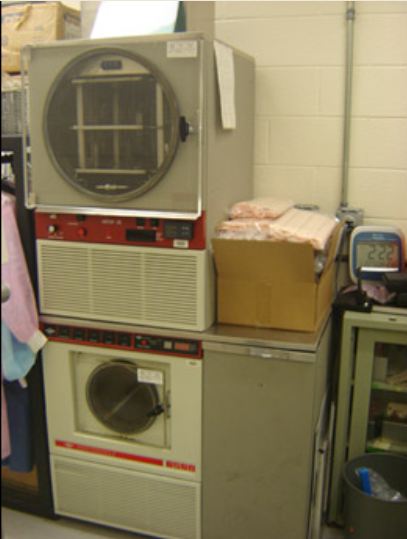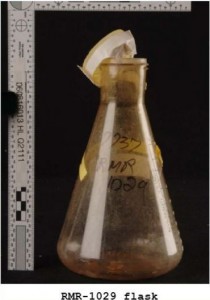Anthrax Sent to Pakistan’s PM Begs Question of Whether FBI Investigated Presumed Anthrax Sent to US Pak Embassy in 2001
Yesterday’s revelation by Pakistan that a package containing anthrax had been sent to Prime Minister Yousuf Raza Gilani has both shocked Gilani’s security staff and provoked memories that anthrax was sent to multiple targets in Pakistan in late 2001 while the US was enduring its own deadly anthrax attacks. Thinking on these issues raises the question of why the FBI had in its possession a sample of presumed anthrax sent to the US embassy in Pakistan in late 2001 but we have not seen a comparison of its DNA to the DNA of the anthrax used in the US attacks of 2001.
Although initial reports suggested that the parcel was received at the Prime Minister’s residence about 20 days ago, the consensus now is that the package was received last October. Multiple reports are claiming the package was sent by a “female professor” in Jamshoro, just north of Karachi. So far, only the New York Times has provided a portion of the suspect’s name. I have found a faculty listing for a female associate professor whose name includes the portion printed in the Times, but since her field of work as listed does not overlap at all with the biological and microbiological skills that would be needed to produce anthrax, I will not repeat the name, since there is a distinct possibility her name was chosen randomly.
One of the more detailed reports comes from The News:
The Secretariat sources told The News that Deputy Secretary Abdul Hafiz, in his written complaint said: “The Secretariat received a registered envelop (Registered No 209) from Sindh University, Campus Colony, Jamshoroo, in the name of Prime Minister of Pakistan Yusuf Raza Gilani through the Post Office in the inner CR Section of this Secretariat on October 18, 2011, at 3:20pm. There was also a plastic envelop inside the outer paper envelop, containing some type of powder or chemical. On receipt of the envelop, the security officer of the Secretariat sent the envelop, along with the material, to Dr Shaukat Pervaiz, PCSIR, Islamabad, for its examination and submission of report.
We also learn from the Daily Times that the anthrax may have been weaponized:
A senior police official, on the condition of anonymity, told Daily Times that the packet was received by a security official at the main gate of the secretariat. The security official found that the packet was filled with a suspicious powder and sent it to the PCSIR laboratories for test. “The PCSIR report confirmed that the packet was filled with anthrax, which could also contain silica or other sophisticated additives to make it float more easily in the air,” the police official maintained.
Given that the anthrax was real and possibly even weaponized accounts for the fear shown by Gilani’s security staff:
The security staff members of Prime Minister Yousuf Raza Gilani on Wednesday went into a state of shock over the revelation that a parcel received at their boss’s official residence in October last year carried deadly anthrax.
It would appear that the anthrax was meant as a warning, considering that it was sealed inside plastic within the paper envelope in which it was mailed. Read more →


